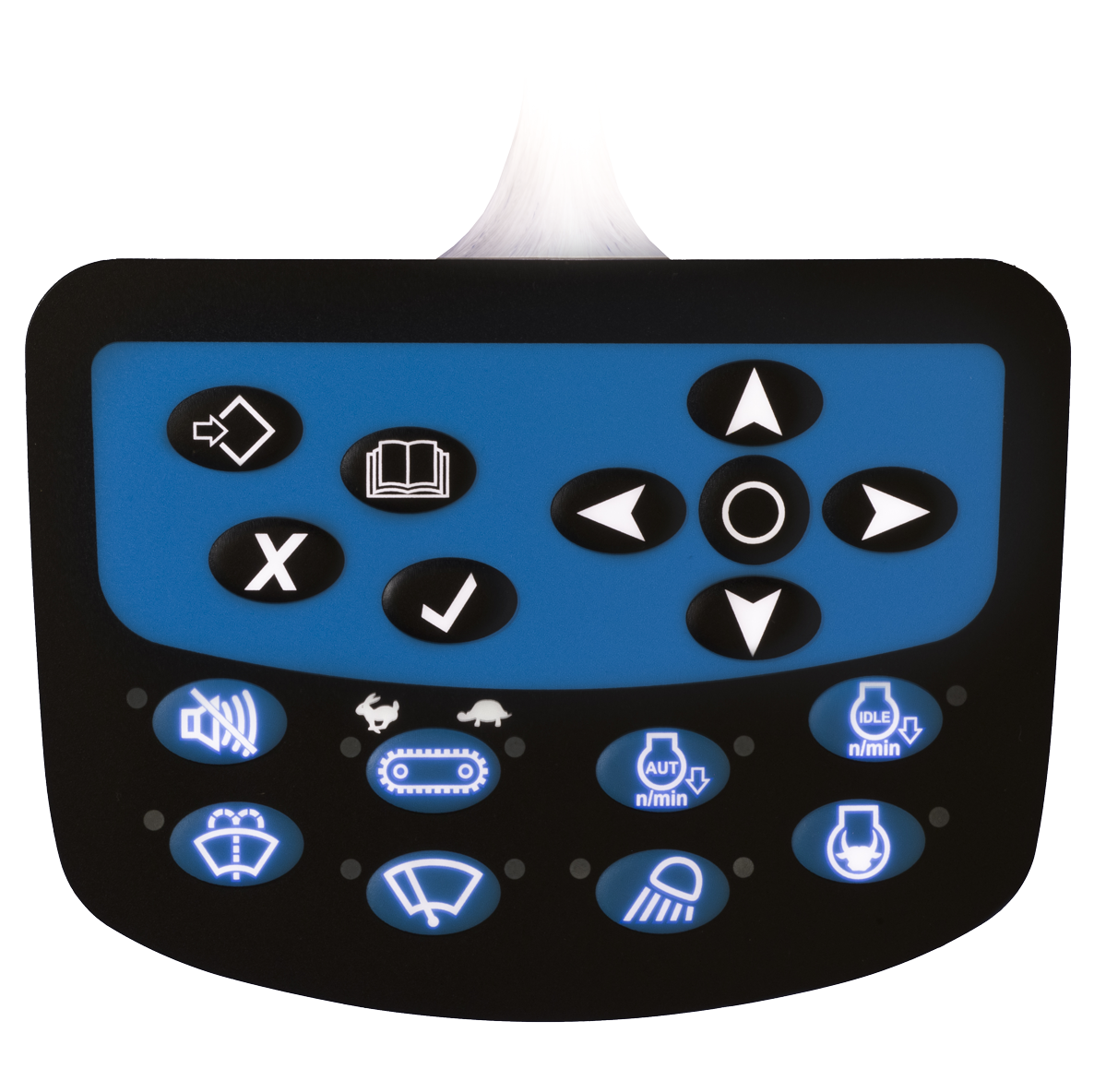Membrane Switches vs. Mechanical Switches: What You Need to Understand
Membrane Switches vs. Mechanical Switches: What You Need to Understand
Blog Article
Checking Out the Advantages of Membrane Layer Switches for Modern Electronic Devices
The exploration of membrane layer buttons in contemporary digital gadgets provides a fascinating point of view on their myriad advantages, especially in regards to layout adaptability, toughness, and cost-effectiveness. These interfaces not only endure severe environmental problems but likewise supply a high degree of customization, which is significantly important in today's affordable market. As industries remain to advance, the role of membrane layer buttons in enhancing individual experience and operational efficiency warrants closer exam. Comprehending how these components can form the future of digital applications may expose insights that could influence design and manufacturing approaches dramatically.
Advantages of Membrane Layer Switches
Membrane buttons are significantly favored in modern-day electronic devices because of their numerous benefits. One of the primary advantages is their portable style, which enables space-efficient integration right into numerous devices. This slim profile not just conserves area however also adds to the total visual appeal of digital products.
An additional benefit is their durability. Membrane buttons are typically resistant to dampness, dust, and contaminants, making them suitable for usage in atmospheres where direct exposure to rough conditions is a concern. This resistance expands the life-span of the buttons, lowering the need for constant substitutes and upkeep.
Furthermore, membrane layer changes offer excellent tactile feedback, improving individual experience. The tactile action is frequently made to provide a gratifying sensation upon activation, which can enhance customer complete satisfaction and efficiency.
In addition, the manufacturing procedure of membrane layer buttons is affordable, allowing for lower production prices contrasted to typical mechanical buttons. This price makes them appropriate for a wide variety of applications, from consumer electronics to industrial machinery.
Design Flexibility and Personalization
The layout versatility and modification options provided by membrane switches additionally boost their allure in modern electronics. These buttons can be customized to meet certain visual and functional demands, enabling producers to produce gadgets that align closely with brand name identity and user preferences. With various choices in terms of shades, shapes, and sizes, membrane switches can effortlessly integrate right into varied product layouts, whether for customer electronics, industrial applications, or medical gadgets.
In addition, the capacity to incorporate graphics and signs straight onto the button surface improves functionality while minimizing the requirement for extra labeling. This integration not just simplifies production processes yet likewise adds to a sleeker general appearance. The layout can be more personalized via attributes such as backlighting, responsive feedback, and multi-layer building and constructions, offering improved individual communication.

Resilience and Environmental Resistance

Additionally, membrane buttons can be engineered to be chemically immune, making them appropriate for applications in commercial settings where exposure to solvents and cleaning up representatives is typical. The encapsulation of digital elements within the membrane layer structure provides added security versus environmental stress and anxieties, ensuring trustworthy performance even in tough problems.
In enhancement to physical resilience, membrane layer switches exhibit exceptional resistance to UV light, avoiding degradation and discoloration in time (membrane switch). This characteristic is specifically helpful for exterior applications, where prolonged direct exposure to sunshine can compromise various other switch kinds
Inevitably, the durability and ecological resistance of membrane layer changes make them a suitable selection for a variety of modern-day see this page electronic tools, from medical equipment to consumer electronics, guaranteeing constant capability and individual contentment across various applications.
Cost-Effectiveness in Production
Cost-effectiveness in production is a significant benefit of membrane layer buttons, making them a favored option for manufacturers in different markets. The production process of membrane layer changes normally includes less materials contrasted to conventional buttons, which minimizes raw product costs. This streamlined production procedure not only additional reading saves money but additionally lessens waste, aligning with modern sustainability goals.
In addition, membrane layer buttons can be generated utilizing automated strategies, enabling for high-volume result with reduced labor prices. The integration of sophisticated printing innovations further boosts performance, allowing makers to achieve complex layouts and capabilities without sustaining considerable extra costs. This scalability makes sure that manufacturing can adjust to altering market demands without compromising quality or enhancing expenses.

Furthermore, the light-weight nature of membrane layer changes contributes to cost financial savings in delivery and handling, in addition to in the total design of digital tools. By removing bulky components, producers can enhance the total item style, thus enhancing market competition. In general, the cost-effectiveness of membrane layer switches not only benefits makers financially yet additionally assists in innovation and rapid item growth in the dynamic landscape of modern electronic devices.
Applications in Numerous Industries
Convenience attracts attention as a characteristic of membrane switches, permitting them to locate applications across a large range of sectors. In the health care industry, these buttons are integral to medical devices, providing easy to use user interfaces for tools like mixture pumps and diagnostic makers. Their resistance to moisture and simple cleaning make them suitable for atmospheres calling for rigid hygiene criteria.
In the automotive industry, membrane layer switches add to the performance of dashboards and control panels, using a sleek, modern Visit This Link appearance while making sure resilience against severe problems. Their light-weight layout likewise supports total automobile efficiency.

Furthermore, industrial equipment uses membrane switches for operational controls. Their robust nature and personalized functions accommodate the certain needs of varied applications.
Final Thought
To conclude, membrane switches offer substantial benefits for modern-day electronics, including design flexibility, longevity, and cost-effectiveness. membrane switch. Their customizable attributes and resistance to ecological variables make them ideal for a vast array of applications throughout various sectors. As technical demands continue to progress, the versatility and efficiency of membrane switches placement them as a crucial part in boosting user experience and driving advancement within the affordable landscape of digital gadgets
Report this page